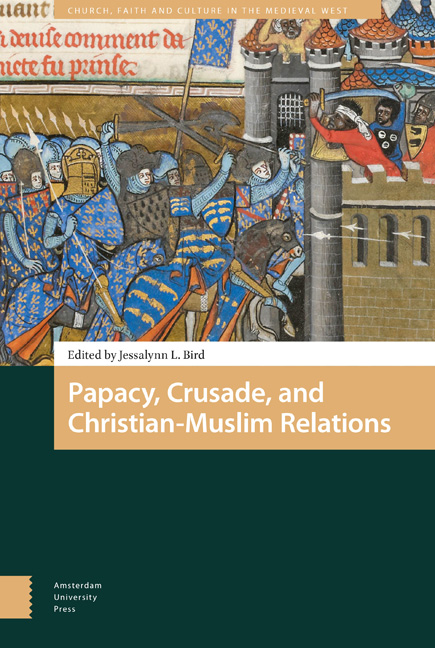8 - Rogations, Litanies, and Crusade Preaching: the Liturgical front in the late Twelfth and early Thirteenth Centuries
Published online by Cambridge University Press: 22 December 2020
Summary
Abstract
This chapter examines how preachers drew on sermons for Rogations and the greater and lesser litanies to explain the expectations for conduct for the laity during the liturgies instituted for the crusade from 1187 onwards. Preachers were forced to explicate the conditions necessary for efficacious prayers and processions and the types of alms which were acceptable to give to the crusade. They turned to existing liturgies, biblical commentaries, and sermons for the greater and lesser litanies to craft novel appeals which publicized the concept that the reform of society and the creation of a liturgically driven domestic front was as important as the military front for the success of various crusades against heresy and Islam. Preachers and recruiters also employed similar techniques at moments of crisis in the crusading armies in the Midi and in the East. Their efforts resulted in the unification of domestic and military fronts through newsletters, sermons, liturgy and other forms of excitatoria: all orders of society were called, at least temporarily, to become a ‘monastery on the move’ and shown how to do so.
Keywords: liturgy, almsgiving, preaching, crusade, rogations, litanies
No one disputes that designated masses and public prayers, fasting, and penitential processions were central to the crusades called by Gregory VIII, Innocent III, and their successors. They transformed the very concept of the crusade and helped to forge a ‘home front’. However, not much work has been done on how crusade preachers might have explained the significance of these observances to their audiences. This study will examine just that, utilizing unpublished sermons from authors known to have preached the crusade from the fall of Jerusalem in 1187 until the 1220s, a period saturated with innovations in crusading liturgy, much of it derived from traditions of litanic intercession and monastic clamour.
How were sermons for the greater and lesser litanies adapted to crusade preaching, both on the home front and on campaign? How would homilists have explicated to their audiences the customary readings and meanings assigned to the liturgy in treatises and handbooks, including those by John Beleth, Peter of Roissy, and Sicard of Cremona?
- Type
- Chapter
- Information
- Papacy, Crusade, and Christian-Muslim Relations , pp. 155 - 194Publisher: Amsterdam University PressPrint publication year: 2018



